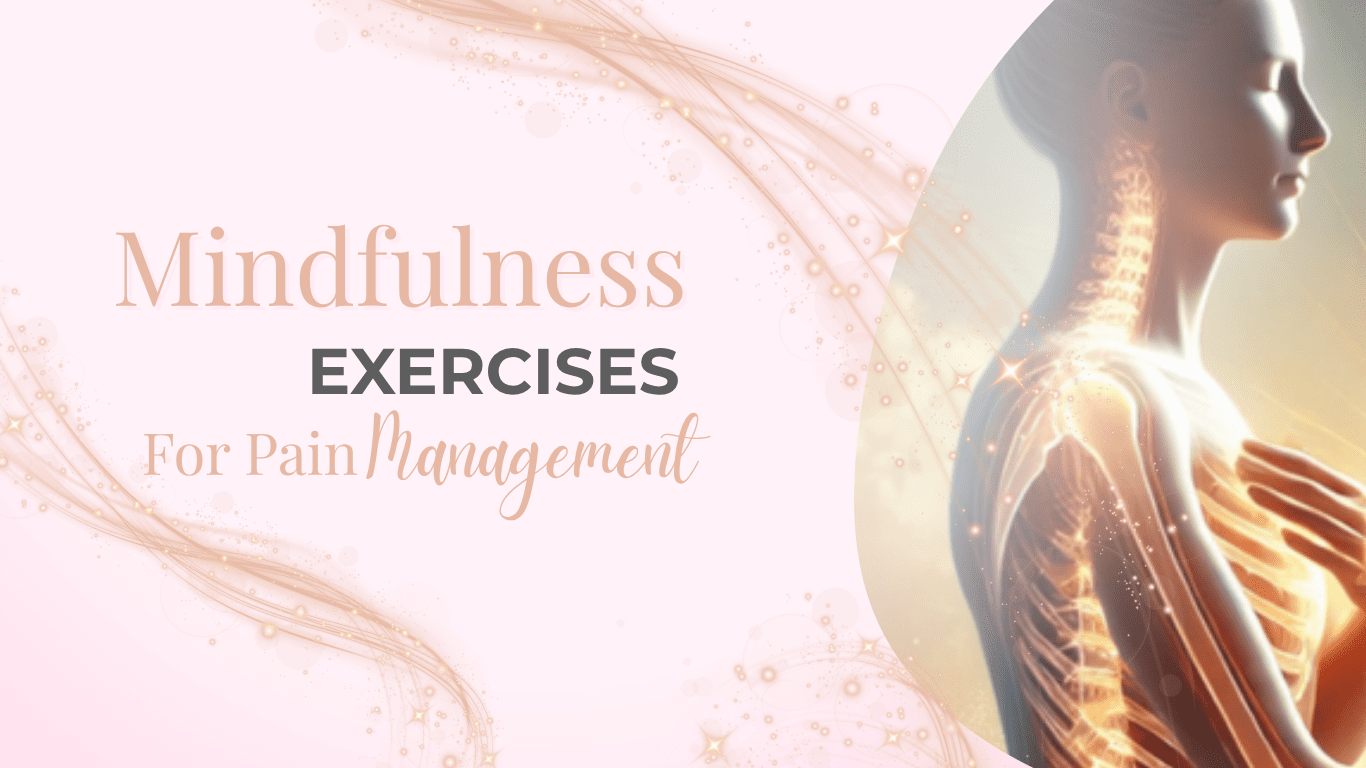Gentle Relief, One Breath at a Time
Chronic pain can wear you down—not just physically, but emotionally and mentally too. It’s that quiet, persistent companion that shows up uninvited and often overstays its welcome. Whether your pain comes from an injury, illness, or simply one of those “I-woke-up-like-this” mornings, it has a way of making daily life feel heavy.
While medication and treatments absolutely have their place, mindfulness can offer something a little different. It doesn’t promise to make the pain disappear (if only), but it can help you shift your relationship with it—softening the intensity, easing emotional distress, and bringing moments of peace.
Let’s explore three simple, real-life mindfulness exercises for pain management—no yoga mat required, just a willingness to pause and breathe.
1. Breath Awareness for Pain Relief
✔ Best for: Moments of acute or chronic pain, emotional overwhelm, or general “I can’t deal” tension
✔ How to do it:
- Find a comfortable position (lying down, sitting—whatever works)
- Gently close your eyes if that feels okay
- Take a slow, steady breath in through your nose
- Exhale gently through your mouth, imagining tension leaving with each breath
- Keep your attention on the natural rhythm of your breath
✔ Why it works:
When we’re in pain, the body tenses and the breath often shortens without us realising. Conscious breathing soothes the nervous system, calms stress hormones, and gives you a gentle sense of control—without needing to “fix” anything.
2. Body Scan Meditation
✔ Best for: Muscle tension, persistent pain, difficulty sleeping, or when your body feels like a collection of complaint letters
✔ How to do it:
- Lie down or sit comfortably
- Close your eyes and take a few deep breaths
- Gently move your awareness through your body—starting at your toes and working upwards
- Notice each area without judging or trying to change it
- Imagine each exhale softening and releasing the discomfort
✔ Why it works:
Instead of resisting or trying to push the pain away (which, let’s be honest, rarely works), the body scan invites you to meet it with awareness. This simple shift can reduce tension and help the mind stop bracing against the discomfort.
3. Mindful Distraction: The 5-4-3-2-1 Technique
✔ Best for: Flare-ups, high-anxiety moments, or when your thoughts are going round in tight little circles
✔ How to do it:
- Name 5 things you can see
- Touch 4 different textures
- Listen for 3 sounds nearby
- Notice 2 scents (or take two slow breaths if smell isn’t accessible)
- Think of 1 thing you’re grateful for
✔ Why it works:
This grounding exercise gently shifts your attention from pain-centred thinking back into the present moment—where your senses, not your symptoms, take the lead. A tiny pocket of presence in the middle of the noise.
Kindful Last Thoughts
Let’s be honest—mindfulness exercises for pain management won’t solve everything. But they can help you meet your pain with a little more kindness and a lot less inner resistance.
Over time, these small practices can calm your nervous system, ease emotional tension, and help you feel more grounded—especially on the harder days. You don’t have to do them perfectly. You don’t even have to do them daily. Just start where you are, with whatever’s available.
Because even in the midst of pain, you’re still allowed moments of calm, connection, and ease.
Your Free KindfulnessToolkit for Calmer, Happier Days
If you’re ready for a quick, gentle way to feel calmer, brighter, and more like yourself again, the free Kindfully Calm Toolkit is for you. Inside you’ll find easy, no-fuss tools you can use in minutes to shift your mood, relax your body, and bring happier vibes to even the busiest day.
Don’t wait to feel better. Download here it now and give yourself the gift of calm and ease today.

For further reading What is Living Mindfully



